Connecting kids with nature
Meetup with Richard Louv
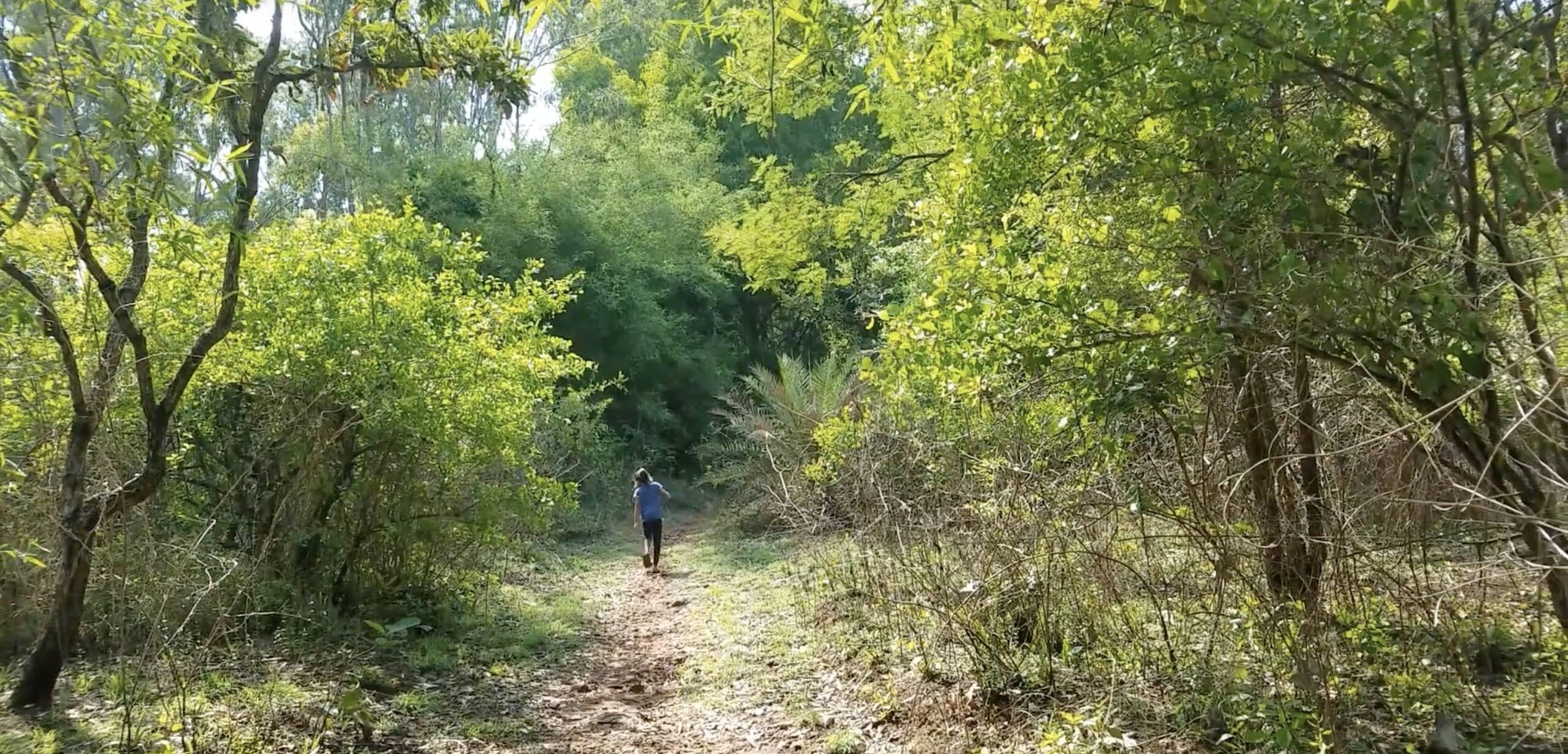
It was a great privilege to have an hour’s live call with the amazing author
of this fascinating book The Last Child in the Woods
…worth re-reading every once in a way!
Just some of the points discussed…
- During the pandemic, sales and clothing for adults had gone up, but clothing for children had gone out. So children were left out, understandably as they didn’t want to risk children being outdoors. Another thing that happened was that people started to look more out of the window when they were in seclusion, and realizing that there are birds out there. They knew there were birds out there, but they hadn’t really seen them. And because the people were stuck inside, these birds, specific ones, started being their friends, and their kids’ friends. And then the kids looked for others, and they saw the coyote crossing in their backyard, made eye contact with a racoon, and they did not feel so alone. They felt solace in being connected with those animals outside their window. Medical folks feels that this epidemic of loneliness is producing many of the same diseases associated with obesity and smoking. And this social isolation that people are feeling hurts us and our kids. Now science knows more about how much is going on outside our window – communication among trees, among birds, inter-species communication, communication with us that that we don’t notice… people rediscovered this conversation in nature, and the solace it gives us, and they felt less alone in the universe.
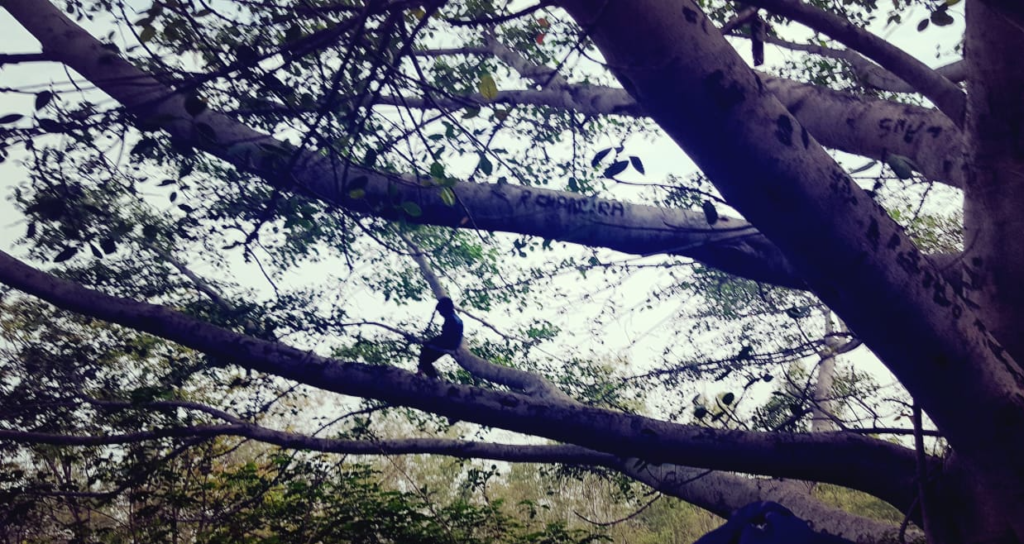
- Being outside in nature can engage all of the senses – what can happen when we slow down, when we listen, when we see, when we notice – what’s going in the nature world. When Richard was in an area in which there was some danger, he had the sense that he was ok – he knew what was going on behind him – more aware of what was going on all around him. When we take risks when we are little, manageable risks… in a log or a play area, and learn to be careful when a log is unsteady, that we can be fall off and survive, and get back up and get back on… if kids learn that early on that they can manage risks, later on when they’re teenagers, there are all kinds of risks that they can manage as well.

- There are physical benefits – they’re stronger kids because they’re in the outdoors.
- In terms of noticing, to be aware, is a lost art. A lot of the research has to do with the senses. Some of the sciences point to more than 5 senses, some even 30, that we don’t even know we have. In spite of this, what do we do… we narrow our eyes to the screen… we set up learning education and living circumstances, in which kids at home and at school, trying as best as they can, putting in a lot of energy, pushing away as many of those 30 senses as they can… so that they concentrate on a couple of senses… With this method, you can go anywhere in the world through the internet, and in a way you can…. But… we’re blocking out those remaining senses. And to Richard it was the very definition of being less alive. What parent wants their child to be less alive? What teacher wants their students to be less alive? So to the extent to which we can put our kids in environments in which we use our senses… that sharpens everything… that helps us be more alive.
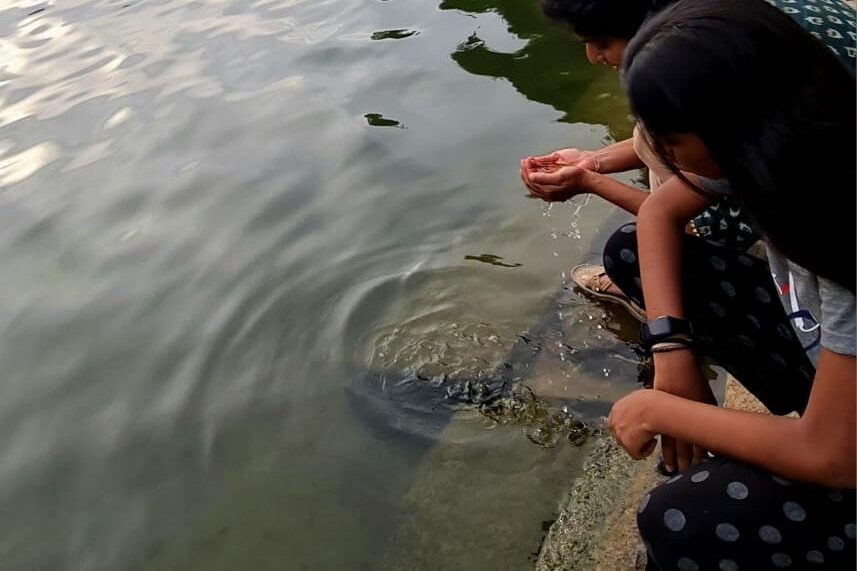
- What can we learn from plants and animals and from children, to connect to nature? One of the barriers for parents/ teachers in taking their children outdoors, is the feeling that they got to know everything. But really it may be better if we don’t know a lot about all the Latin names of plants in the backyard, or critters in the woods. Because if you experience those, if you have that sense of awe and wonder next to your kid, the child remembers what your face looked like. That’s what your child remembers, not the Latin name of the plant, not the details of the woodlands. But they also experience both the bird and the sense of awe and wonder.
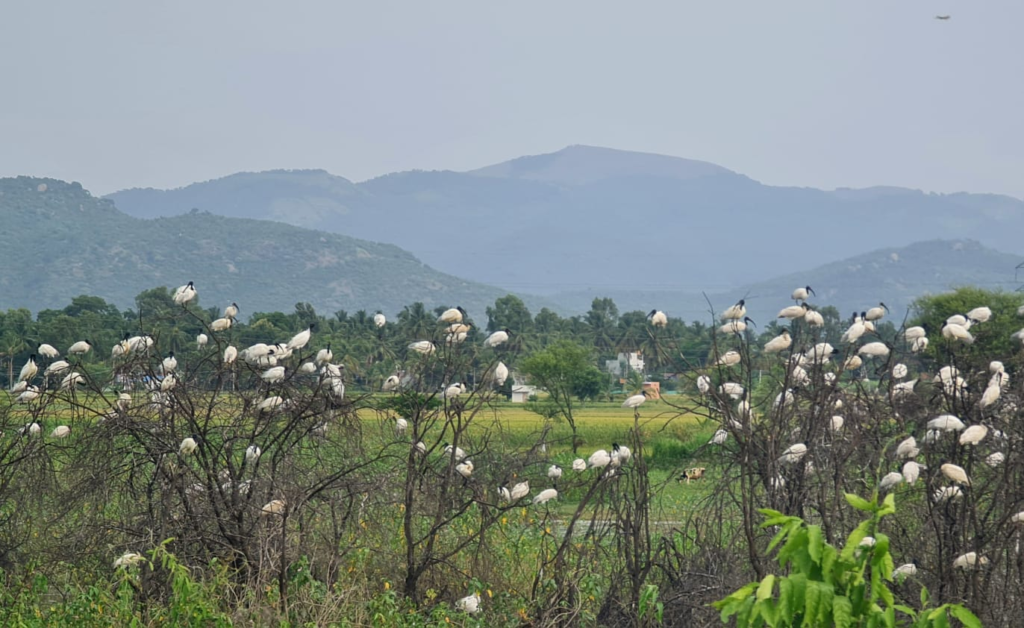
- Richard narrated an anecdote, where a nature teacher described a pond. The pond was the number one attraction of the kids and the parents. Richard asked how she helped them experience the pond. How does one get to a point where one feels deeply the attraction and mystery of biology,… unless they sat next to a pond until the frogs came back up, and felt what its like to be a frog. The science is important, and so is the inner experience and the empathy within nature itself.
- Richard spoke about a boy who couldn’t go outside because of some limitations, but he loved nature and watched NatGeo, etc. So Richard picked up a book – Cloud Spotters book – looking at clouds, how they formed and understanding their mystery. There’s so much he could still do, if he could just set up a nature window and sat watching or listening outside.
- A study showed that the kids were far more likely to make up their own games in outdoor play spaces, compared to the typical concrete playgrounds. rather than follow the rules any adults had set for them, they used their imagination, and made up their own rules. This is an essential developing an executive function – an entrepreneurial skill. Biophilic design and architecture has caught on amazingly. with nature around the building and in the building, forests with symbolic nature on the walls, sometimes with gardens on the balconies. A scientist described it as being genetic in all of us to have an affiliation with the rest of nature. There was some research that in workspaces that had been built with biophilic architecture – the workers had increased productivity and creativity.
- Kids need to get dirty, need to build a fort in the woods. If we don’t have a generation that grows up living in nature, all the efforts for environmental sustainability may be in vain. Trails are good, don’t litter, don’t pull up plants. One of the ways to give life to a child is to protect their nature.

- What about children with disabilities? An example Richard gave was in a film that showed a group of children, one of them couldn’t see, and the film felt sorry for the kid because he couldn’t see what the other kids saw. What the film did not point out, was that we have a minimum of 9 or 10 senses, perhaps as many as 30. And we know that people who lose one of those senses, compensate by using the other senses. What did that child hear? Richard sometimes asks people what was a sound they remember hearing when they were young? They get beautiful answers, and surprised answers, they get surprised on how much they remember as a kid. It occurred to him that sound is an underappreciated doorway into nature. If he’d asked, what did you see – it would be typically be one dimensional, maybe on a very scenic view. But a sound can be a lot more multi-dimensional. It could be something far away that one can’t see. One thing we can do is appreciate more what children with disabilities do perceive with the other senses they have that maybe we don’t. The Children Nature Network is focusing on this area more off-late and is very important. Could ask the child – how does the child know nature? What’s happening out there? What can he tell us that we may not know?
Sharing a few moments of awe and wonder during a recent solitary walk…
The audience had people from all over the world, and many of them shared so many interesting links and resources.
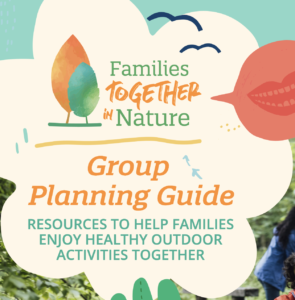
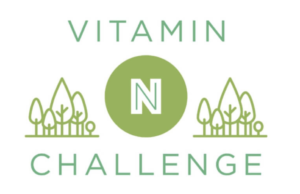
The challenge was inspired by our co-founder Richard Louv’s book, “Vitamin N: The Essential Guide to a Nature-Rich Life.”

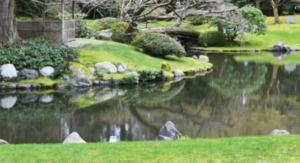
Park Prescription: A new collaboration between PaRx and Parks Canada: Doctors can now prescribe access to nature with the Parks Canada Discovery Pass to patients through the national nature prescription program.

Grow your knowledge about nature-based learning’s benefits
Gain skills in planning and preparation, site selection, risk management, outdoor classroom management, and more!
Discover how to activate nearby-nature as a classroom
Experience instructional strategies you can use with your students!
Explore how to make nature-based learning culturally responsive, equitable, and inclusive


Steve Smith, Experiential Consulting

This systematic review of the literature examined the relationship between risky outdoor play and health related outcomes in children, age three to thirteen years.

Nature-based education: using nature trails as a tool to promote inquiry-based science and math learning in young children
“Nature trails” concept helps early childhood teachers gain confidence in nature-based education for young children
Designing an impactful sensory garden for children and youth with autism spectrum disorder
Sensory gardens can be therapeutic environments for children with autism as well as welcoming spaces for all ages and abilities
Experiencing the outdoors: Embodied encounters in the Outward Bound Trust
Young people interpret outdoor education practices through bodily encounters with the natural environment
Adventure education as aesthetic experience
Adventure education as an aesthetic experience includes three defining qualities: sensory encounters, full attention and aesthetic paradox
A framework to assess where and how children connect to nature
Designing green infrastructure for connecting children with nature requires an understanding of what’s needed to nurture such connections
A review of the benefits of nature experiences: More than meets the eye
Investigations into the benefits of nature to humans should consider how such benefits are delivered through the full range of our senses


How do we confront this fundamental challenge?
A recommended book: Ornitherapy…
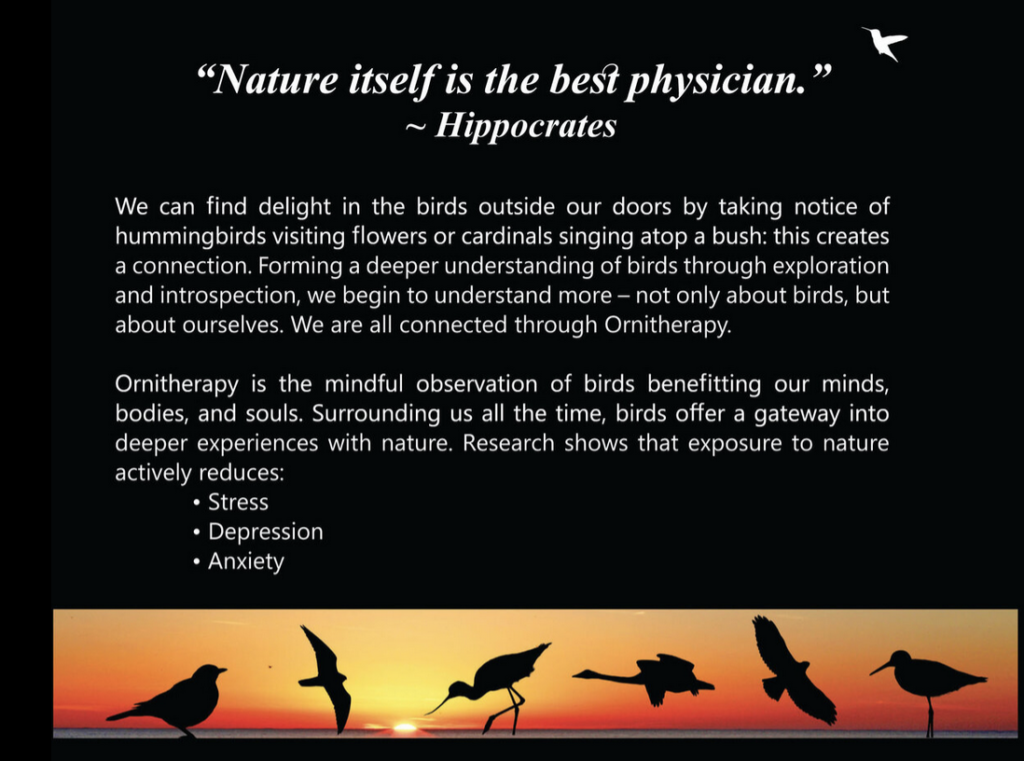
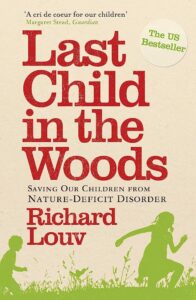
Recent Comments